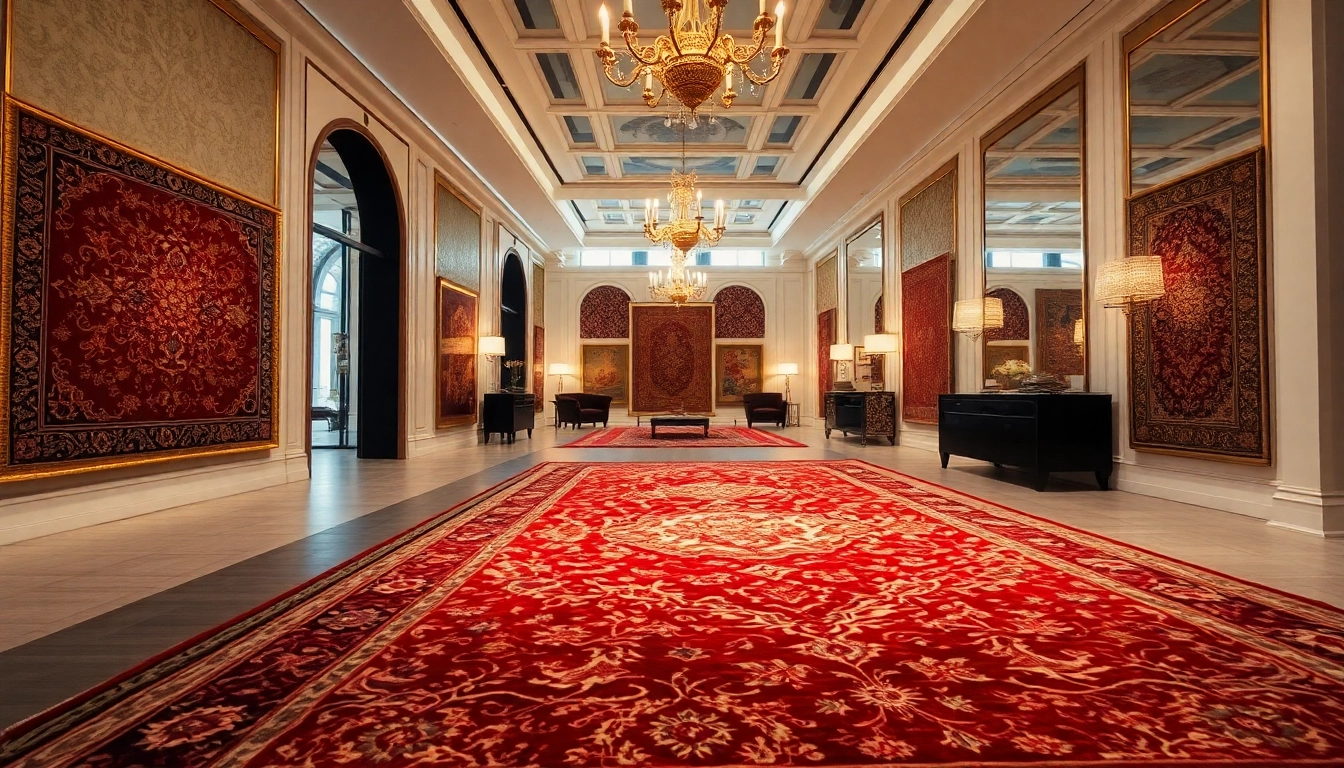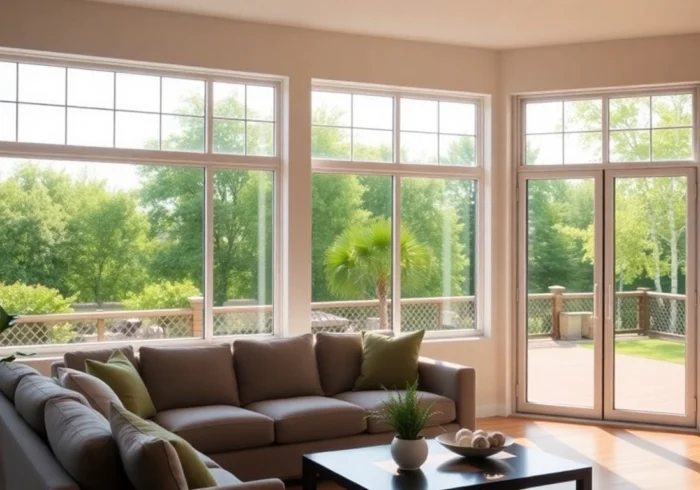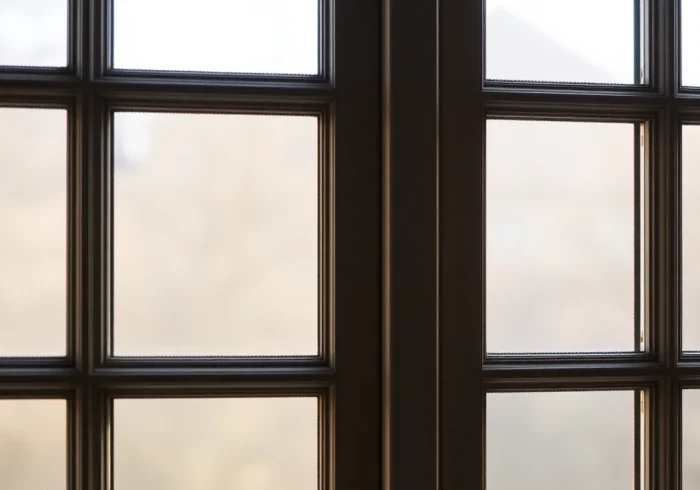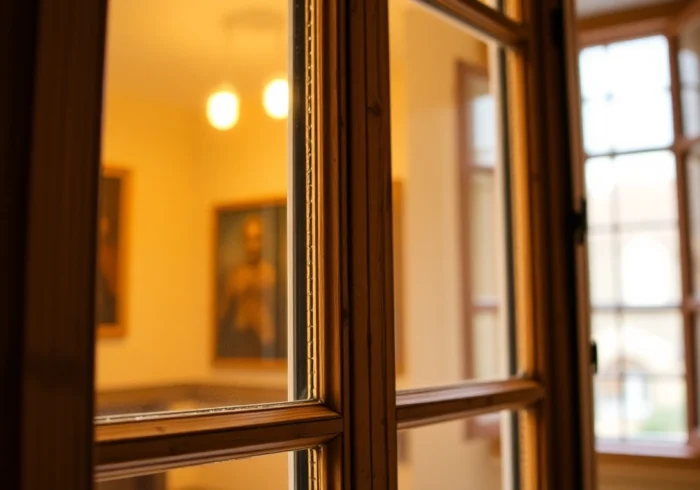Understanding the Rich Heritage of Tappeto Persiano Milano
The city of Milan has long been a hub of art, culture, and exquisite craftsmanship, making it an ideal place to appreciate the timeless allure of Tappeto persiano Milano. These handcrafted carpets are more than just decorative items; they are embodiments of centuries-old traditions, weaving stories of Persian heritage into every knot and motif. The history of Persian rugs in Milan dates back to the 19th century when trade routes facilitated cultural exchanges, bringing authentic Persian artistry into European homes and showrooms. Today, Milan remains a pivotal market for discerning collectors and interior design aficionados who seek genuine, high-quality Persian carpets that elevate their living spaces.
Historical Origins of Persian Tapestries in Milan
The infusion of Persian craftsmanship into Milan’s design scene is deeply rooted in historical trade and diplomatic relations. During the Silk Road era, Milan served as a crossroads for cultural exchange, where Persian artisans’ skills were highly prized. This legacy persisted into the modern age, with Italian merchants establishing direct links with Iranian weavers. Notable periods such as the late 1800s and early 1900s saw a surge in the importation of Persian rugs, which became coveted symbols of luxury among Milanese aristocracy and emerging bourgeoisie. Today, this tradition continues, with numerous specialized galleries and showrooms offering authentic Persian rugs, representing a heritage that blends centuries of tradition with Milanese sophistication.
Types of Persian Rugs Available in Milano Markets
Milan’s markets are rich with a variety of Persian carpets, each with distinctive regional characteristics and craftsmanship techniques. Popular types include:
- Tabriz Rugs: Known for their intricate floral patterns and vivid colors, Tabriz carpets are considered some of the finest Persian rugs, often woven from high-quality wool and silk.
- Nain Rugs: Characterized by their delicate craftsmanship and subtle color palettes, often featuring floral and medallion motifs.
- Qum Rugs: Recognized for their luxurious silk fabric and detailed, fine patterns, making them highly sought after by collectors.
- Heriz and Sarough Rugs: Known for their durability and geometric designs, ideal for more contemporary or rustic interiors.
Each type reflects specific cultural motifs and weaving traditions, allowing buyers in Milan to select pieces that best align with their aesthetic preferences and interior requirements.
The Cultural Significance of Persian Motifs and Designs
Persian motifs are rich with symbolism, often depicting floral patterns, medallions, and calligraphic elements that carry deep meanings. For example, the boteh (paisley) symbolizes eternity and life, while lotus flowers represent purity and enlightenment. Traditional designs are frequently inspired by Persian mythology, poetry, and nature, creating a tapestry of stories woven into the fabric. This cultural depth translates into a unique tapestry that not only beautifies a space but also enriches it with historical and spiritual significance. Understanding these motifs enhances the appreciation of Persian rugs in Milan, where art collectors and interior designers alike seek pieces imbued with story and symbolism.
Choosing the Perfect Tappeto Persiano Milano for Your Space
Factors to Consider: Size, Material, and Craftsmanship
Selecting the right Persian rug involves a nuanced understanding of several critical factors:
- Size: Determine the space where the rug will be placed. Large rugs anchor living rooms and bedrooms, while smaller carpets suit entryways or accent areas. Precise measurements prevent overpowering or underwhelming the space.
- Material: Wool remains the most common fiber, appreciated for its resilience and softness. Silk rugs, though more delicate and expensive, offer an unmatched luster and intricate detail. Cotton foundation is standard, providing stability to the weave.
- Craftsmanship: Hand-knotted rugs, especially those with high knot density, are considered premium, indicating meticulous labor and durability. Machine-made or tufted rugs lack the same authenticity and longevity but may be suited for budget-conscious buyers.
Color Palette and Pattern Selection for Different Interior Styles
The color scheme is vital in ensuring the Persian rug complements your interior decor. For modern and minimalist settings, neutral tones like beige, ivory, and subtle blues are ideal, providing elegance without overpowering the room. Traditional interiors benefit from rich, bold hues—deep reds, emerald greens, and gold accents—that enhance the warm, inviting atmosphere. Pattern choice also influences mood; symmetrical medallions evoke harmony, while floral motifs add a touch of nature-inspired charm. Careful consideration of hues and patterns allows for seamless integration into various styles, from classic to contemporary.
Authenticity Indicators and How to Verify Quality
Authentic Persian rugs are characterized by hand-knotting, natural dyes, and high knot density—typically exceeding 100 knots per square inch. Genuine pieces often bear a seller’s certification, showing provenance and craftsmanship details. Additionally, examine the backing for consistent knotting and the presence of irregularities that indicate handcrafted work. When purchasing in Milan’s specialized boutiques or trustworthy online platforms, inquire about the origin and certificate of authenticity. Avoid mass-produced imitations, which lack the intricate details and durability of genuine Persian craftsmanship.
Best Practices for Buying and Maintaining Persian Rugs in Milan
Where to Buy Genuine Tappeto Persiano Milano
Reputable sources are critical when investing in an authentic Persian rug. Milan hosts a variety of esteemed galleries, such as Toranj and Parsa Tappeti, which specialize in high-quality, hand-knotted Persian carpets. Additionally, established showrooms like Artorient Milano offer extensive catalogs of genuine pieces and expert guidance. Always verify the provenance, seek certificates of authenticity, and consider consulting a professional for appraisal before purchase.
Restoration, Cleaning, and Repair Tips for Longevity
Proper maintenance is essential to preserve your Persian rug’s beauty and value. Regular vacuuming with gentle suction prevents dirt accumulation, but avoid beater bars that can damage delicate fibers. For deep cleaning, professional restoration and cleaning services are recommended—particularly those specializing in Persian textiles. Immediate repair of frayed edges or lost knots mitigates further damage. Using high-quality, pH-balanced cleaning products and avoiding excessive moisture ensures that dyes and fibers remain intact over decades.
Cost Considerations and Value for Investment
The investment in a genuine Persian rug varies widely based on size, complexity, and origin, typically ranging from a few hundred to several thousand euros. While initially costly, these rugs often appreciate in value over time due to their craftsmanship and cultural significance. Well-maintained pieces can become heirloom assets, blending aesthetic appeal with financial prudence. Always weigh authenticity and craftsmanship over price for long-term satisfaction.
Enhancing Your Interior with a Tappeto Persiano Milano
Placement Tips for Style and Durability
Position your Persian rug strategically to maximize visual impact and wear resistance. Central placement under a coffee table or seating area creates a focal point. Use furniture to anchor the rug, ensuring it extends at least a few inches beyond furniture edges to prevent crawling and shifting. In high-traffic zones, opt for durable materials like wool and low-pile designs. Rotate the rug periodically to promote even wear and prevent fading.
Complementary Decor Ideas and Color Matching
Persian rugs serve as versatile decor elements, enhancing various interior themes. Pair with neutral walls and modern furniture for a contrasting look, or integrate into traditionally furnished rooms with rich wood tones and antique accents. Use color schemes that echo the rug’s hues—complementary or analogous—to create harmony. Incorporate accessories like cushions, drapes, and art that pick up the dominant colors, fostering a cohesive aesthetic.
Creating a Luxurious Ambiance with Persian Rugs
To achieve a luxurious ambiance, layer your Persian rug over polished hardwood or marble floors. Enhance lighting with warm, ambient fixtures that highlight the fine details of the motifs. Add elegant furnishings and textiles that echo the rug’s colors and textures. Personal touches such as antique vases, art pieces, and curated decor accentuate the craftsmanship, transforming your space into an elegant sanctuary that celebrates cultural artistry.
Current Trends and Future Outlook of Persian Rugs in Milan
Popular Design Trends and Custom Options
Modern interior design trends are embracing the timeless elegance of Persian rugs, often combining traditional motifs with contemporary layouts. Customization is gaining popularity, allowing clients to specify colors, sizes, and motifs to fit individual spaces. Digitally printed designs inspired by traditional patterns are also emerging, blending heritage with innovation without compromising authenticity. Milanese designers increasingly favor bespoke pieces that reflect personal taste and cultural appreciation.
The Growing Demand for Authentic Persian Craftsmanship
Buyers’ appreciation for authentic craftsmanship continues to grow, driven by increased awareness of the artistic value and cultural significance of true Persian carpets. High-net-worth individuals and interior professionals prioritize quality and provenance, fueling a market that values artisanal work over mass-produced alternatives. This trend encourages local artisans and importers in Milan to uphold heritage techniques, ensuring the preservation and dissemination of Persian weaving traditions.
Influence of Modern Aesthetics on Traditional Designs
The intersection of tradition and modern aesthetics has led to innovative designs that respect heritage while appealing to contemporary tastes. Minimalist color palettes, geometric patterns, and abstract motifs are integrated into classic Persian styles, creating versatile pieces suitable for urban settings. Milan’s dynamic design scene fosters this blending, making Persian rugs adaptable to evolving interior styles while maintaining their cultural integrity.



